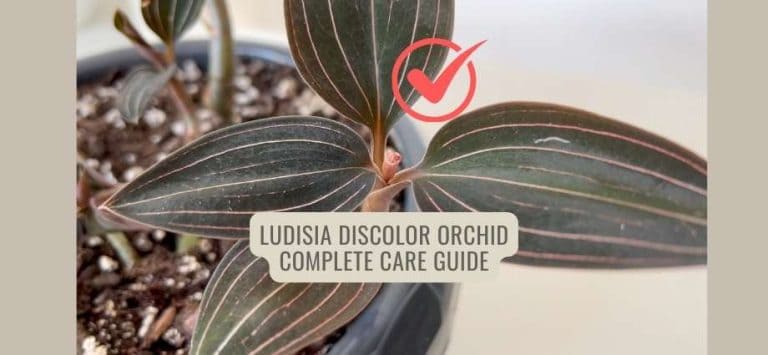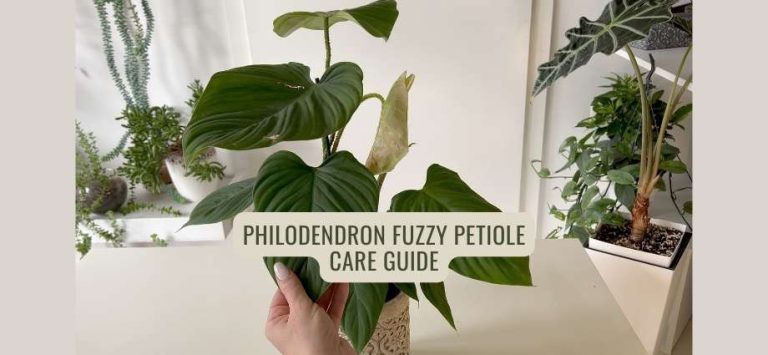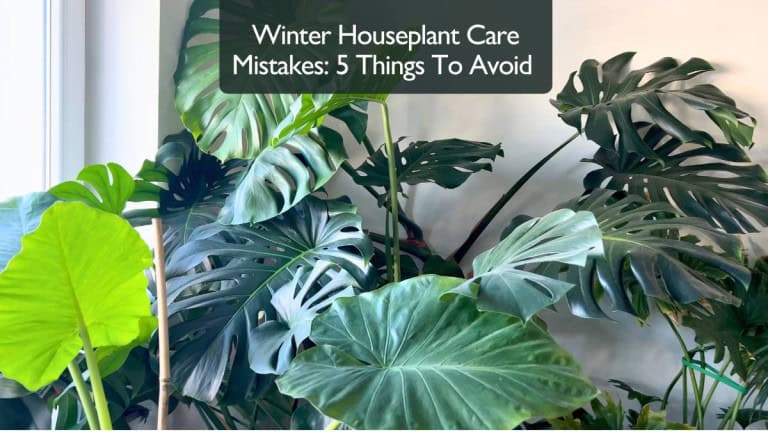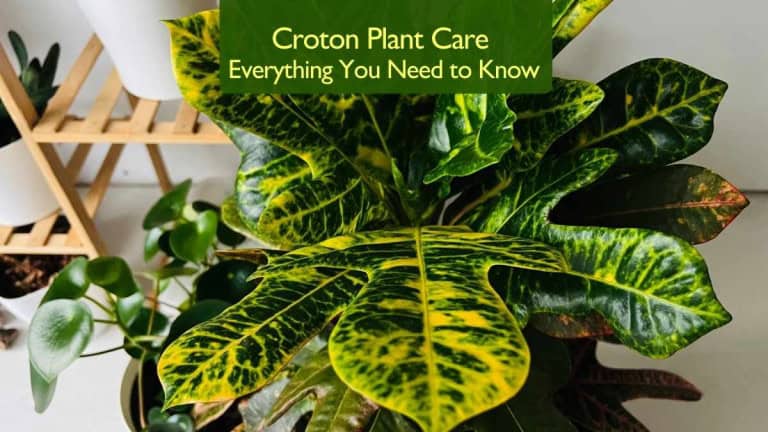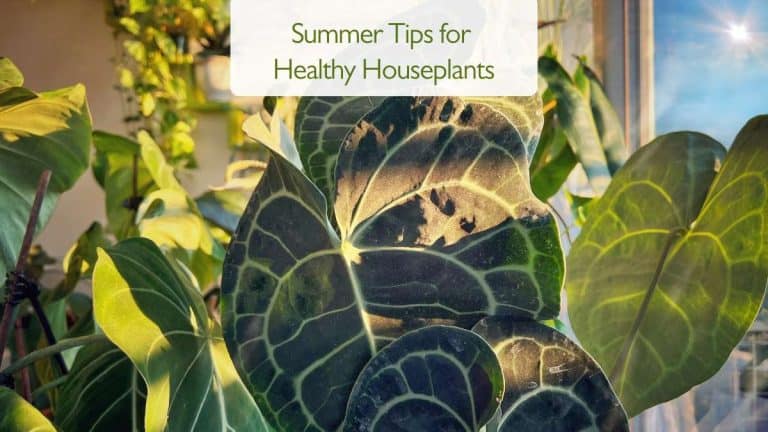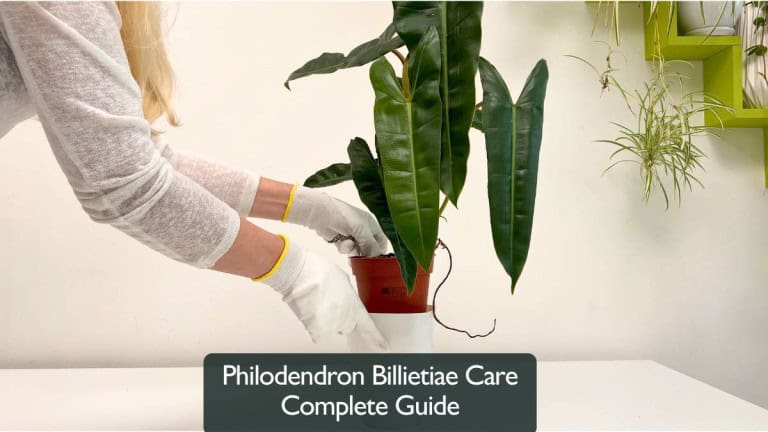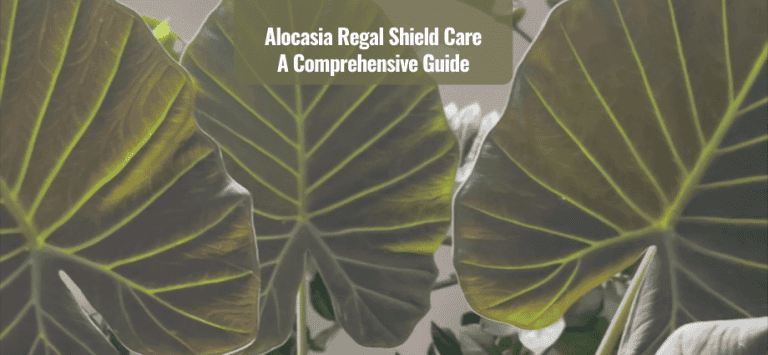Ludisia Discolor Care: The Complete Guide to Thriving Jewel Orchids
Ludisia discolor care is essential for keeping this captivating plant healthy and vibrant in any indoor plant collection. Also known as the jewel orchid, Ludisia discolor originates from Southeast Asia, mainly Malaysia and Indonesia. Unlike many other orchids, it’s prized not only for its delicate flowers but especially for its stunning dark green leaves veined with striking red patterns.
In this complete guide, you’ll discover everything about Ludisia discolor care, including light, watering, humidity, repotting, propagation, and more. For step-by-step visual instructions, I recommend watching my detailed video where I demonstrate each care step.
What Is Ludisia Discolor? | Overview of the Jewel Orchid
Ludisia discolor is a terrestrial orchid belonging to the Orchidaceae family. It grows as a perennial reaching about 10 to 12 inches tall. What makes this plant truly special are its lush, velvety leaves adorned with deep red veins—creating an eye-catching focal point in any indoor space.
While the jewel orchid does produce small white or cream-colored flowers on slender stems, the foliage steals the show with its unique beauty.
Ludisia Discolor Care | Light Requirements for Jewel Orchids
Getting the lighting right is key to Ludisia discolor care. This orchid thrives in low to moderate light conditions, preferring filtered light over direct sun. A bit of gentle morning sun works well, but intense direct sunlight can scorch the leaves and ruin their velvety texture.
Ideal placement includes north- or east-facing windows where light intensity remains moderate throughout the day. If you live in a sunny climate, use sheer curtains to soften strong sunlight, protecting your jewel orchid from damage while providing enough light to encourage healthy growth.
Best Soil Mix for Ludisia Discolor | Potting Tips
Unlike many orchids that require specialized bark mixes, Ludisia discolor grows well in a rich, well-draining potting soil blend. For optimal Ludisia discolor care, use a soil mix that retains moisture but provides excellent aeration.
A recommended mix is about 70% high-quality potting soil combined with 30% perlite. This balance ensures the roots have access to moisture without becoming waterlogged—helping prevent root rot. Aim for a slightly acidic pH between 5.5 and 6.5 to encourage nutrient uptake and vigorous growth.
Repotting Ludisia Discolor | When and How to Repot
Repotting every 1-2 years is vital for keeping your jewel orchid healthy. Choose a shallow, wider pot because Ludisia discolor roots spread horizontally rather than deeply. This allows the plant to expand and promotes new growth.
Drainage holes are a must to prevent excess moisture buildup, which can lead to root diseases. Over time, your jewel orchid will fill its pot with new shoots, so providing extra space helps it thrive.
How to Propagate Ludisia Discolor | Easy Propagation Methods
Propagation is straightforward with Ludisia Discolor care and rewarding with jewel orchids. You can propagate by stem cuttings or by dividing the root system.
For division, separate healthy stems with roots and pot them individually—no need for water rooting. With minimal care, your new plants will establish quickly and grow into beautiful specimens.
Temperature Needs for Ludisia Discolor | Maintain Optimal Conditions
Stable temperatures between 65°F and 75°F (18°C to 24°C) are ideal for Ludisia discolor care. Avoid sudden temperature fluctuations or extremes, which can stress the plant and inhibit growth and flowering.
Consistent warmth within this range supports lush foliage and vibrant blooms.

Watering and Humidity | Essential Tips for Jewel Orchids
Watering is crucial for jewel orchids. The plant prefers slightly moist soil but cannot tolerate soggy conditions. Water your Ludisia discolor when the top inch of soil feels dry, and always ensure excess water drains out to prevent root rot.
During the growing season (spring to early fall), watering frequency may increase, while in cooler months, reduce watering accordingly.
Humidity levels between 50% and 70% keep foliage lush and prevent leaf dehydration. Increase humidity by misting with distilled water, grouping plants, or placing your pot on a pebble tray filled with water.
Fertilizing Ludisia Discolor | Feeding for Healthy Growth
Fertilize your jewel orchid during the growing season using a balanced orchid fertilizer (equal nitrogen, phosphorus, potassium), diluted to half or quarter strength. Apply every 2 to 4 weeks in spring and summer.
Always water the plant before fertilizing to avoid root burn. This feeding routine encourages vibrant foliage and supports flowering.
Common Health Issues and How to Solve Them | Avoiding Ludisia Discolor Care Problems
While Ludisia discolor is generally resilient, some common issues can arise:
- Overwatering: Causes root rot—use a well-draining soil and pot with drainage holes.
- Underwatering: Leads to dehydration—maintain a consistent watering schedule.
- Low Humidity: Causes leaf dryness—boost humidity through misting or humidifiers.
- Insufficient Light: Results in poor growth and dull leaf color—provide filtered light.
- Pests: Spider mites and mealybugs can affect jewel orchids. Inspect regularly and treat with neem oil or insecticidal soap promptly.
Cleaning the Leaves | Keep Your Jewel Orchid Looking Its Best
Gently wipe leaves with a soft, damp cloth to remove dust and keep the velvety texture pristine. Avoid chemical leaf cleaners, which may damage the delicate foliage.
Final Thoughts on Ludisia Discolor Care
Ludisia discolor is a stunning and unique addition to any indoor garden, prized for its beautiful foliage and easy maintenance. By following these Ludisia discolor care tips—proper lighting, watering, humidity, fertilizing, and propagation—you’ll enjoy a thriving jewel orchid for years.
If you are fan of Phalaenopsis Orchid you can read more here.
Explore More Music for Your Plants & Stay Connected!
Check out my Playlist: Music for Plants and find the perfect tunes to help your plants and yourself thrive.
Don’t forget to visit my YouTube Channel Plant House & Garden and subscribe — your support means the world to me!
Connect with me on social media for more plant care tips and music updates: Instagram | Facebook | X | Pinterest | Reddit | TikTok
Love plants? Love music? Don’t miss out on new updates — hit subscribe and follow now to keep your plants happy and your space vibrant!

